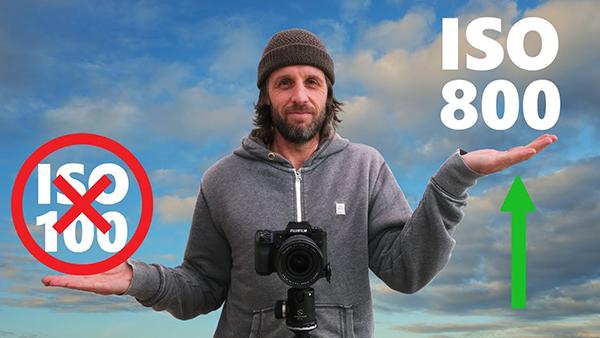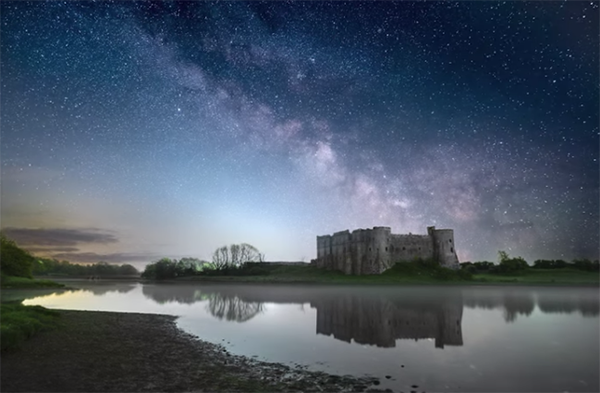Want Better Landscape Photos? Bump Up ISO (VIDEO)

Most photographers adhere to the notion that you should employ the lowest ISO setting possible to achieve maximum image quality, and they routinely set the camera for ISO 100 when conditions permit. But as you'll see in the tutorial below, one of our favorite outdoor photographers takes a different approach.
Instructor Ian Worth is a Welsh pro who considers himself a generalist when it comes to outdoor photography; in other words he does it all. In this episode he discusses seven reasons why you should consider raising ISO despite conventional wisdom to the contrary. He covers a variety of genres from landscapes to astrophotography, and more.
Worth begins with a quick oveerview of how ISO settings work to affect exposure and other critical variables of an image. While many of you are already up to speed on the basics, if you're new to the game be sure to pay close attention to the first minute of this tutorial.

When it comes to the benefits of high ISO settings, Worth's first point is a generalized one that covers many shooting scenarios. As he says, "Quite often we raise ISO to obtain a faster shutter speed when the ambient light is too low." He provides an example of choosing at ISO with an aperture of f/8 to maximize depth of field. This yields a shutter speed of 1/25—too slow for many applications.
But by increasing ISO to 400 under the same lighting conditions the shutter speed for a correct exposure is a more reasonable 1/100. Worth then moves on to more specific reasons that higher ISOs can be very useful. His first example is a shot of the nighttime sky for which he set the camera to ISO 3,200 with an aperture of f/2. He then explains several reasons this approach pays big dividends for astrophotography.
At this point you may be wondering about the interaction between ISO and dynamic range and how this compromise affects image quality. Here Worth admits that with most cameras dynamic range will decrease as the ISO setting is increased (which argues for keeping ISO on the lower end of the spectrum). Interestingly, though, he notes that "A lot of new cameras have dual-native (or dual-gain) ISO" capability the somewhat obviates the aforementioned concern.

Without getting too far into the weeds, Worth provides a simple graph to help explain what this means in practical terms. In may seem odd, but according to the numbers "you may get a cleaner image at ISO 500 versus ISO 400."
Other topics of conversation in this eye-opening lesson include how raising ISO helps freeze motion and alleviate camera shake as well. He also demonstrates the importance of using higher ISO settings when shooting on windy days—particularly when there's a telephoto lens on your camera. You'll also learn about choosing the best ISO in combination with lens filters.
Worth's instructional YouTube channel is a great resource for all outdoor photographers, so be sure to take a look. And don't miss the tutorial we posted recently from an image-editing expert who explains how to edit landscape photos for a beautiful, realistic effect.
- Log in or register to post comments















































